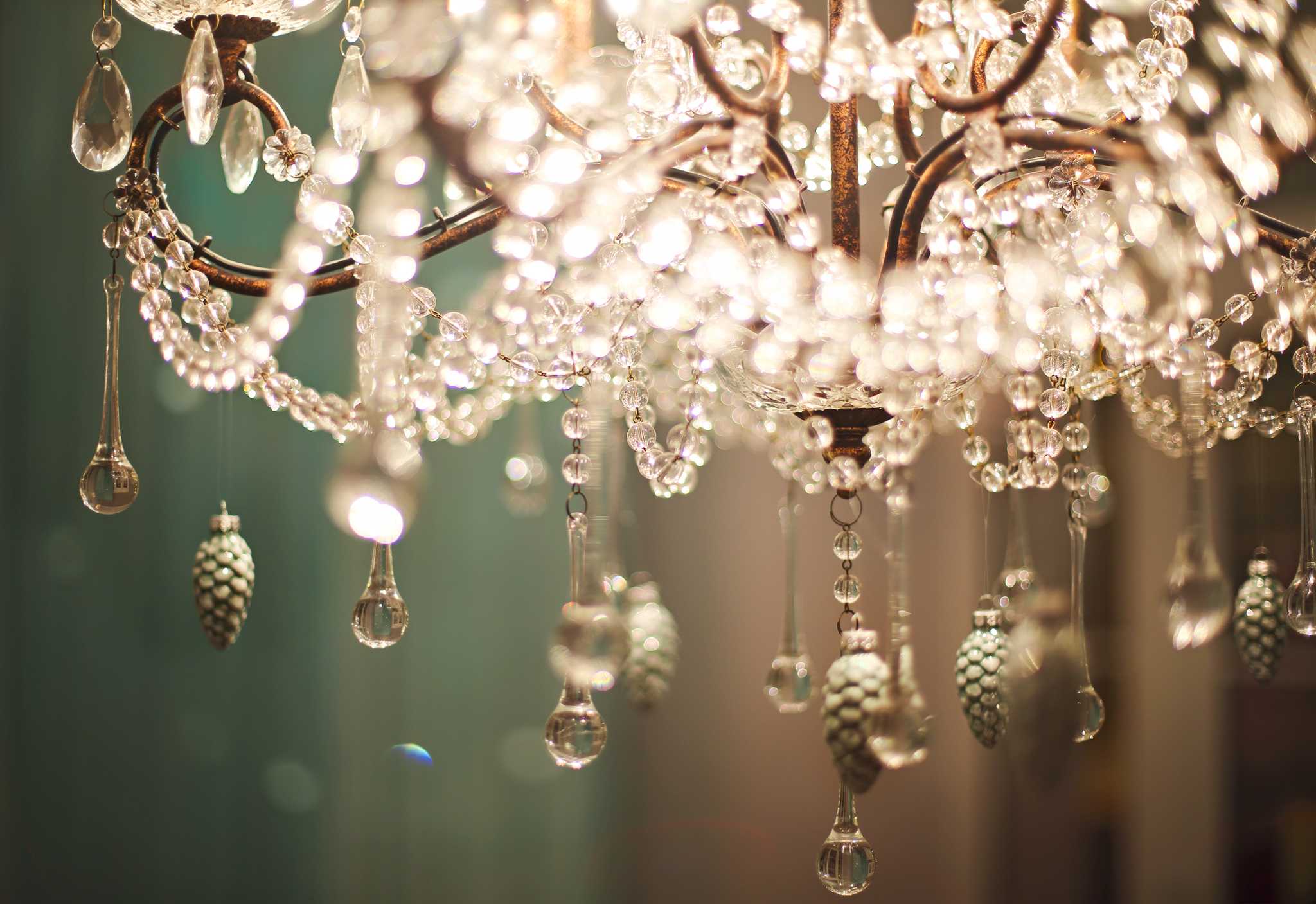

Furniture
How To Take Off A Chandelier
Modified: August 17, 2024
Learn how to safely remove a chandelier from your ceiling with our step-by-step guide. Discover the best techniques for handling furniture to avoid damage and ensure a successful removal.
(Many of the links in this article redirect to a specific reviewed product. Your purchase of these products through affiliate links helps to generate commission for Storables.com, at no extra cost. Learn more)
Introduction
Welcome to our comprehensive guide on how to take off a chandelier. Whether you’re redecorating, moving to a new home, or simply wanting to clean your chandelier, knowing how to properly remove it is essential. Chandeliers are not only beautiful centerpieces but can also be delicate and heavy, requiring careful handling to prevent any damage or injury.
Removing a chandelier may seem like a daunting task, especially if you’re not familiar with electrical work. However, with the right tools, safety precautions, and step-by-step instructions, you can successfully take off your chandelier and safely store or relocate it.
In this guide, we’ll walk you through the process of removing a chandelier from start to finish. We’ll cover everything from turning off the power to safely disconnecting the electrical wires and lowering the chandelier. So, let’s get started!
Key Takeaways:
- Safely removing a chandelier requires turning off the power, preparing the workspace, and disconnecting electrical wires. Remember to handle delicate components with care and seek professional help if unsure about electrical work.
- Properly storing a chandelier involves cleaning it, covering and securing the wiring, and storing it in a labeled, sturdy container. Always prioritize safety and consult a professional if needed.
Read more: How To Hang A Chandelier Off-Center
Safety Precautions
Before you begin removing a chandelier, it’s essential to prioritize your safety. Follow these important safety precautions to minimize the risk of accidents or injuries:
- Turn off the power: Always turn off the power to the chandelier at the circuit breaker or fuse box before starting any work. This will prevent electric shocks or short circuits.
- Use protective gear: Wear safety goggles to protect your eyes from falling debris. Additionally, use work gloves to avoid any cuts or injuries from sharp edges.
- Secure a sturdy ladder: Ensure that you have a stable ladder or step stool to reach the chandelier safely. Make sure the ladder is placed on a level surface and that it can support your weight and the weight of the chandelier.
- Get assistance if needed: Chandeliers can be heavy and cumbersome to handle. If your chandelier is large or difficult to maneuver, consider asking for help from a friend or family member.
- Protect the floor and furniture: Lay down drop cloths or plastic sheets beneath the chandelier to protect the floor or any furniture below from dust, debris, or accidental damage.
- Beware of sharp edges: Chandeliers often have various ornamental components or crystal accents that may have sharp edges. Be cautious and handle them carefully to prevent any cuts or scratches.
- Don’t overload the chandelier: Avoid placing excessive weight on the chandelier or using it as a support for additional items. This can strain the electrical connections and potentially cause damage.
- Consult a professional if unsure: If you’re unsure about any part of the process or feel uncomfortable handling electrical components, consult a professional electrician to assist you.
By following these safety precautions, you can ensure that the removal of your chandelier is a safe and successful endeavor. Let’s move on to the tools and materials you’ll need for the task.
Tools and Materials Needed
Before you begin the process of taking off a chandelier, gather the following tools and materials:
- A ladder or step stool: Choose a sturdy ladder or step stool that can safely support your weight and allow you to reach the chandelier.
- Safety goggles: Protect your eyes from any debris or falling parts by wearing safety goggles.
- Work gloves: Ensure your hands are protected by wearing work gloves to avoid any accidental cuts or injuries.
- Electrical tester: Use an electrical tester to confirm that the power to the chandelier is turned off before starting any work.
- Wire nuts: Wire nuts are essential for securing and connecting electrical wires during the removal process.
- Electrical tape: Use electrical tape to insulate any exposed wires and prevent any accidental contact.
- Adjustable wrench or pliers: Depending on the type of mounting hardware used for your chandelier, have an adjustable wrench or pliers available to loosen or detach it.
- Drop cloths or plastic sheets: Protect the floor and furniture beneath the chandelier by using drop cloths or plastic sheets to catch any debris or dust.
- Cable ties or zip ties: Use cable ties or zip ties to secure and organize the electrical wires during the removal process.
- Cleaning supplies: If you plan to clean the chandelier before storage or relocation, gather cleaning supplies such as a mild detergent, soft cloth, and a non-abrasive cleaning solution.
- Storage container or padded box: Prepare a storage container or padded box where you can safely store the chandelier after removal.
Having the appropriate tools and materials ready beforehand will make the process of removing your chandelier smoother and more efficient. Now that you have everything you need, let’s proceed to the step-by-step instructions on how to take off a chandelier.
Step 1: Turn Off the Power
Before you start working on the chandelier, it’s crucial to turn off the power to avoid any electrical accidents. Follow these steps to ensure the power is safely turned off:
- Locate the circuit breaker or fuse box: Typically, the circuit breaker or fuse box is located in the basement, garage, or utility room of your home. If you’re unsure of its location, consult your home’s electrical plan or ask a professional.
- Identify the chandelier’s circuit: Look for the breaker or fuse labeled for the chandelier or the designated area where it is connected. It may be helpful to have someone stand near the chandelier while you flip breakers or remove fuses to identify the correct one.
- Turn off the power: Carefully flip the switch of the identified breaker or remove the corresponding fuse to cut off the power supply to the chandelier. To ensure safety, use an electrical tester to check if there is still power running through the wires.
- Test the chandelier: Once the power is turned off, switch on the chandelier to verify that it doesn’t light up. This step is essential to confirm that the power has been successfully disconnected.
By following these steps, you can ensure that the power to the chandelier is safely turned off, minimizing the risk of electrical shock or accidents during the removal process. With the power switched off, you can proceed to prepare the workspace for removing the chandelier.
Step 2: Prepare the Workspace
To ensure a smooth and organized process for removing your chandelier, it’s important to prepare the workspace before starting. Follow these steps to create a safe and efficient environment:
- Clear the area beneath the chandelier: Remove any furniture, decorations, or objects that may be directly below the chandelier. This will prevent any accidental damage or obstructions during the removal process.
- Spread drop cloths or plastic sheets: Lay down drop cloths or plastic sheets beneath the chandelier to protect the floor from falling debris, dust, or potential scratches. This will also make cleaning up easier once the chandelier has been removed.
- Secure a stable ladder or step stool: Place a ladder or step stool in a secure and stable position to ensure a safe reach to the chandelier. Verify that the ladder is on a level surface and that it can support your weight and the weight of the chandelier.
- Gather your tools and materials: Have all the necessary tools and materials readily available within reach. This will prevent unnecessary delays or interruptions during the removal process.
- Put on safety gear: Before you start working, put on safety goggles to protect your eyes from any falling debris, and wear work gloves to avoid any cuts or injuries from sharp edges or electrical components.
By taking the time to properly prepare the workspace, you’ll ensure a safe and organized environment for removing the chandelier. With everything in place, you’re ready to proceed to the next steps of removing decorations and disconnecting the electrical wires.
Read more: How To Take Off Bidet
Step 3: Remove Decorations and Accents
Before you can safely remove the chandelier, it’s important to remove any decorations or accents that may be attached to it. Follow these steps to detach these components:
- Inspect the chandelier: Take a close look at the chandelier to identify any decorative elements such as crystal accents, glass shades, or ornamental pieces that need to be removed.
- Detach crystal accents: If your chandelier has crystal accents, carefully detach them one by one. Depending on the type of chandelier, they may be connected by small hooks, wires, or screws. Use caution and gently remove them to avoid any damage or breakage.
- Remove glass shades or covers: If your chandelier has glass shades or covers, gently twist or unscrew them to release them from the chandelier. Place them in a safe area away from the workspace to avoid any accidental damage.
- Document the position: As you remove the decorations and accents, take note of their positions or take photos for future reference. This will make it easier to reinstall them correctly when you’re ready to put the chandelier back in place.
- Set aside the removed components: Once the decorations and accents are removed, carefully set them aside in a padded box or on a soft surface. Make sure to handle them with care to prevent any chips, cracks, or breakage.
By following these steps, you’ll safely remove any decorations or accents from your chandelier, ensuring they remain intact for reinstallation. With the decorative components safely stored away, you can proceed to the next step of disconnecting the electrical wires.
Step 4: Disconnect the Electrical Wires
Disconnecting the electrical wires is a crucial step in safely removing a chandelier. Follow these steps to disconnect the wires:
- Ensure the power is turned off: Double-check that the power to the chandelier is turned off at the circuit breaker or fuse box. Use an electrical tester to confirm that there is no electrical current running through the wires.
- Identify the wiring connections: Take a close look at the wiring connections between the chandelier and the ceiling. There will typically be three wires: a black (hot) wire, a white (neutral) wire, and a green or copper (ground) wire.
- Unscrew wire nut connectors: Locate the wire nut connectors that secure the chandelier’s wires to the ceiling wires. Rotate each wire nut counterclockwise to loosen and disconnect the chandelier’s wires from the ceiling wiring.
- Separate the wires: Once the wire nuts are removed, gently separate the chandelier’s wires from the ceiling wires. Be cautious not to tug or pull forcefully, as this can damage the wiring or cause any nearby fixtures to shake or fall.
- Secure and insulate the wires: After the wires are disconnected, use electrical tape to individually wrap each exposed wire end to prevent any accidental contact or short circuits. This step will ensure safety throughout the removal process.
Remember to always exercise caution when dealing with electrical components. If you’re unsure about the wiring connections or lack experience with electrical work, consider consulting a professional electrician for assistance.
With the electrical wires safely disconnected, you’re ready to move on to the next step of removing the chandelier’s canopy.
Before taking off a chandelier, turn off the power at the circuit breaker to avoid any electrical accidents. Use a sturdy ladder and have someone assist you to safely remove the chandelier.
Step 5: Remove the Chandelier Canopy
The chandelier canopy is the decorative covering that hides the electrical wiring and mounting hardware. Removing the canopy is necessary to access the mounting hardware and detach the chandelier from the ceiling. Follow these steps to remove the chandelier canopy:
- Locate the canopy: The chandelier canopy is typically located at the top of the chandelier, directly against the ceiling. It is usually a circular or decorative cover.
- Identify the attachment method: Examine the canopy to determine how it is attached to the ceiling. The most common attachment methods are screws, bolts, or decorative nuts.
- Loosen the attachment: Use a screwdriver, wrench, or pliers, depending on the attachment method, to loosen and remove the screws, bolts, or decorative nuts securing the canopy to the ceiling.
- Gently lower the canopy: Once the attachment is loosened, carefully lower the chandelier canopy from the ceiling. Hold it steady to prevent it from falling or causing any damage.
- Inspect and clean the canopy: Take a moment to inspect the canopy for any damage or wear. Clean the canopy using a soft cloth or mild cleaning solution, if necessary.
By following these steps, you’ll successfully remove the chandelier canopy, providing access to the mounting hardware. A clear view of the mounting hardware will make the next steps of releasing and lowering the chandelier easier. Keep the removed canopy in a safe place to ensure its protection during storage or relocation.
We are halfway through the process of removing a chandelier. In the next step, we’ll cover how to release and lower the chandelier safely. Stay tuned!
Step 6: Release and Lower the Chandelier
Now that you’ve removed the chandelier canopy, it’s time to release and lower the chandelier. Follow these steps to safely release and lower the chandelier:
- Ensure the power is turned off: Double-check that the power to the chandelier is turned off at the circuit breaker or fuse box. Confirm there is no electrical current running through the wires.
- Inspect the mounting hardware: Take a close look at the mounting hardware that connects the chandelier to the ceiling. There may be a mounting bracket or collar secured with screws or bolts.
- Loosen the mounting hardware: Use an adjustable wrench or pliers to loosen and remove the screws or bolts securing the chandelier to the mounting bracket or collar. Carefully set the screws or bolts aside for safekeeping.
- Lower the chandelier: With the mounting hardware loosened, gently lower the chandelier from the mounting bracket or collar. It may help to have a friend or family member assist you in safely guiding the chandelier down.
- Support the chandelier’s weight: As you lower the chandelier, make sure to support its weight to prevent it from swinging or tilting. Hold onto the chandelier firmly but without applying excessive force.
- Place the chandelier on a secure surface: Once the chandelier is removed from the mounting bracket or collar, carefully place it on a secure and padded surface to prevent any damage. Avoid placing it on uneven or unstable surfaces.
Take your time and be cautious throughout the process of releasing and lowering the chandelier. The chandelier can be heavy and delicate, so it’s crucial to handle it with care to avoid accidents or damage.
With the chandelier safely lowered, we can move on to the next step of detaching the chandelier from the ceiling mount. Keep reading for step-by-step instructions!
Read more: How To Take Showerhead Off
Step 7: Detach the Chandelier from the Ceiling Mount
Now that the chandelier is safely lowered, it’s time to detach it from the ceiling mount. Follow these steps to detach the chandelier:
- Inspect the ceiling mount: Take a close look at the ceiling mount to identify how the chandelier is attached. There may be screws, bolts, or other types of fasteners securing the chandelier to the mount.
- Loosen and remove the fasteners: Use an appropriate tool, such as a screwdriver or adjustable wrench, to loosen and remove the screws, bolts, or fasteners that connect the chandelier to the ceiling mount. Set the fasteners aside for safekeeping.
- Gently detach the chandelier: Once the fasteners are removed, gently detach the chandelier from the ceiling mount. Ensure that you have a firm grip and support the weight of the chandelier to avoid any accidental drops or damage.
- Inspect the electrical wires: Take a moment to carefully inspect the electrical wires to ensure they are not damaged or frayed. If any issues are detected, consult a professional electrician for further assistance before continuing the removal process.
- Set the chandelier aside: Once the chandelier is detached from the ceiling mount, place it on a secure and padded surface. Avoid placing it in a high-traffic area or near any potential hazards.
By following these steps, you will successfully detach the chandelier from the ceiling mount. Remember to handle the chandelier with care and maintain a firm grip to avoid accidents or damage. Now that the chandelier is detached, we can proceed to the next step of covering and securing the wiring.
Keep reading to discover how to cover and secure the chandelier’s wiring!
Step 8: Cover and Secure the Wiring
After detaching the chandelier from the ceiling mount, it’s important to cover and secure the wiring to ensure safety during storage or transportation. Follow these steps to cover and secure the chandelier’s wiring:
- Inspect the wiring: Take a close look at the chandelier’s wiring to ensure it is intact and free from any damage or fraying. If you notice any issues, consult a professional electrician for further assessment and repairs.
- Group and organize the wires: Gather the chandelier’s electrical wires together and neatly arrange them in a straight line. This will make it easier to cover and secure the wiring.
- Cover the exposed wires: Use electrical tape or wire nuts to cover the exposed ends of the chandelier’s wires. Ensure that each wire is covered securely to prevent any accidental contact or short circuits.
- Secure the covered wiring: Use cable ties or zip ties to secure the covered wiring in place. Wrap the cable tie around the covered wires and tighten it, but be careful not to overtighten and damage the insulation.
- Bundle the wiring: Once the wiring is covered and secured, gather the bundled wiring together to create a tidy and compact package. This will make it easier to handle and store the chandelier.
By following these steps, you’ll ensure that the chandelier’s wiring is properly covered and secured, minimizing the risk of accidental contact or damage. It’s important to take these precautions to maintain the integrity of the wiring and ensure a safe handling process.
Now that the wiring is safely covered and secured, we’ll move on to the next step of cleaning and storing the chandelier. Continue reading to discover how to properly clean and store your chandelier!
Step 9: Clean and Store the Chandelier
Once the chandelier is safely detached and the wiring is covered and secured, it’s time to clean and store the chandelier. Follow these steps to clean and store your chandelier:
- Prepare cleaning supplies: Gather mild detergent or a non-abrasive cleaning solution, a soft cloth, and possibly a ladder or step stool if needed to access higher parts of the chandelier.
- Clean the chandelier: Using a soft cloth or sponge, lightly dampen it with the cleaning solution and gently wipe down each part of the chandelier. Pay attention to any intricate details, crystal accents, or decorative elements. Be careful not to apply too much pressure, as it may damage delicate components.
- Allow the chandelier to dry: After cleaning, allow the chandelier to air dry completely. This may take a few hours, depending on the size and materials of the chandelier. Avoid using any heat sources to speed up the drying process, as this can damage the chandelier.
- Select a suitable storage container: Choose a storage container or padded box that is large enough to accommodate the chandelier without compressing or squeezing it. Make sure the container is sturdy and provides adequate protection from dust, moisture, and potential damage.
- Wrap and secure the chandelier: Carefully wrap the chandelier in soft protective materials such as bubble wrap or a clean cloth to cushion it during storage. Use tape or zip ties to secure the wrapping in place, ensuring that it stays snug and does not shift during transportation or storage.
- Label and store in a safe location: Label the storage container with the contents and mark it as fragile. Store it in a cool, dry place away from direct sunlight and extreme temperatures. Avoid storing the chandelier near any items that could potentially damage it.
By following these steps, you’ll effectively clean and store your chandelier for future use or transport. Proper cleaning and storage will help maintain the chandelier’s condition and ensure its longevity.
Congratulations! You have successfully removed, cleaned, and stored your chandelier. Remember to follow these steps in reverse order when it’s time to reinstall your chandelier or consult a professional if you need assistance. Thank you for reading our comprehensive guide on how to take off a chandelier. Happy decorating!
Conclusion
Removing a chandelier can seem like a daunting task, but with the right tools, knowledge, and careful execution, you can successfully take off your chandelier for various purposes such as cleaning, relocation, or renovation. In this comprehensive guide, we’ve covered the step-by-step process of safely removing a chandelier.
Throughout the process, we emphasized the importance of safety precautions such as turning off the power, using protective gear, and securing a stable workspace. We also highlighted the necessary tools and materials needed to complete the task efficiently.
From turning off the power and preparing the workspace to removing decorations and disconnecting the electrical wires, each step was outlined to ensure a smooth and safe removal process. We provided guidance on detaching the chandelier from the ceiling mount, covering and securing the wiring, and ultimately cleaning and storing the chandelier for future use.
Remember, if you have any doubts or lack experience with electrical components, it’s always best to consult a professional electrician for assistance. Your safety is of utmost importance.
By following the steps outlined in this guide, you can confidently tackle the process of removing your chandelier. Whether you’re redecorating your space, moving to a new home, or simply giving your chandelier a thorough cleaning, this guide has equipped you with the knowledge to handle the task with care and precision.
Thank you for reading our guide on how to take off a chandelier. Remember to reverse these steps when reinstalling your chandelier or seek professional help if needed. Happy decorating and enjoy your beautiful chandelier!
Frequently Asked Questions about How To Take Off A Chandelier
Was this page helpful?
At Storables.com, we guarantee accurate and reliable information. Our content, validated by Expert Board Contributors, is crafted following stringent Editorial Policies. We're committed to providing you with well-researched, expert-backed insights for all your informational needs.
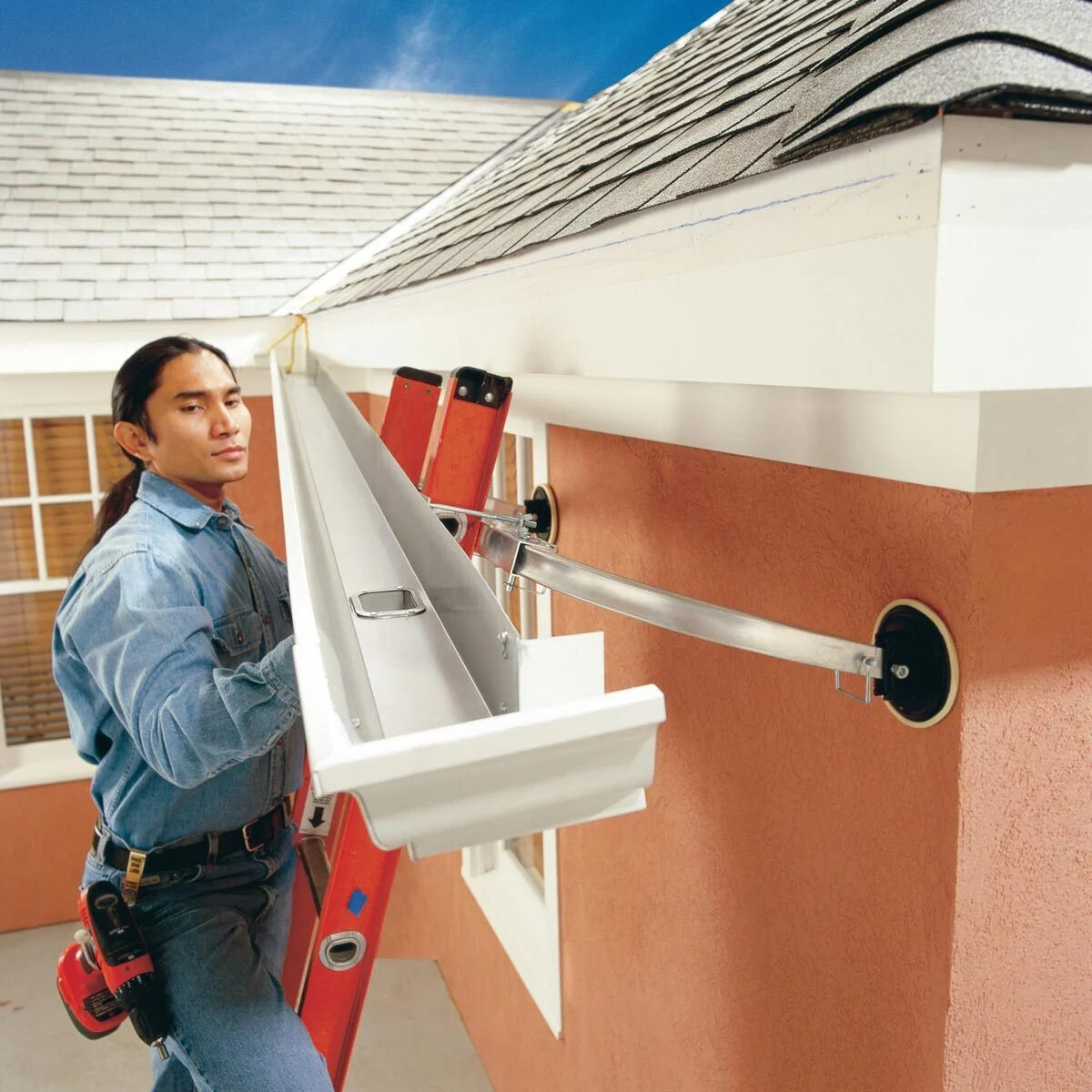

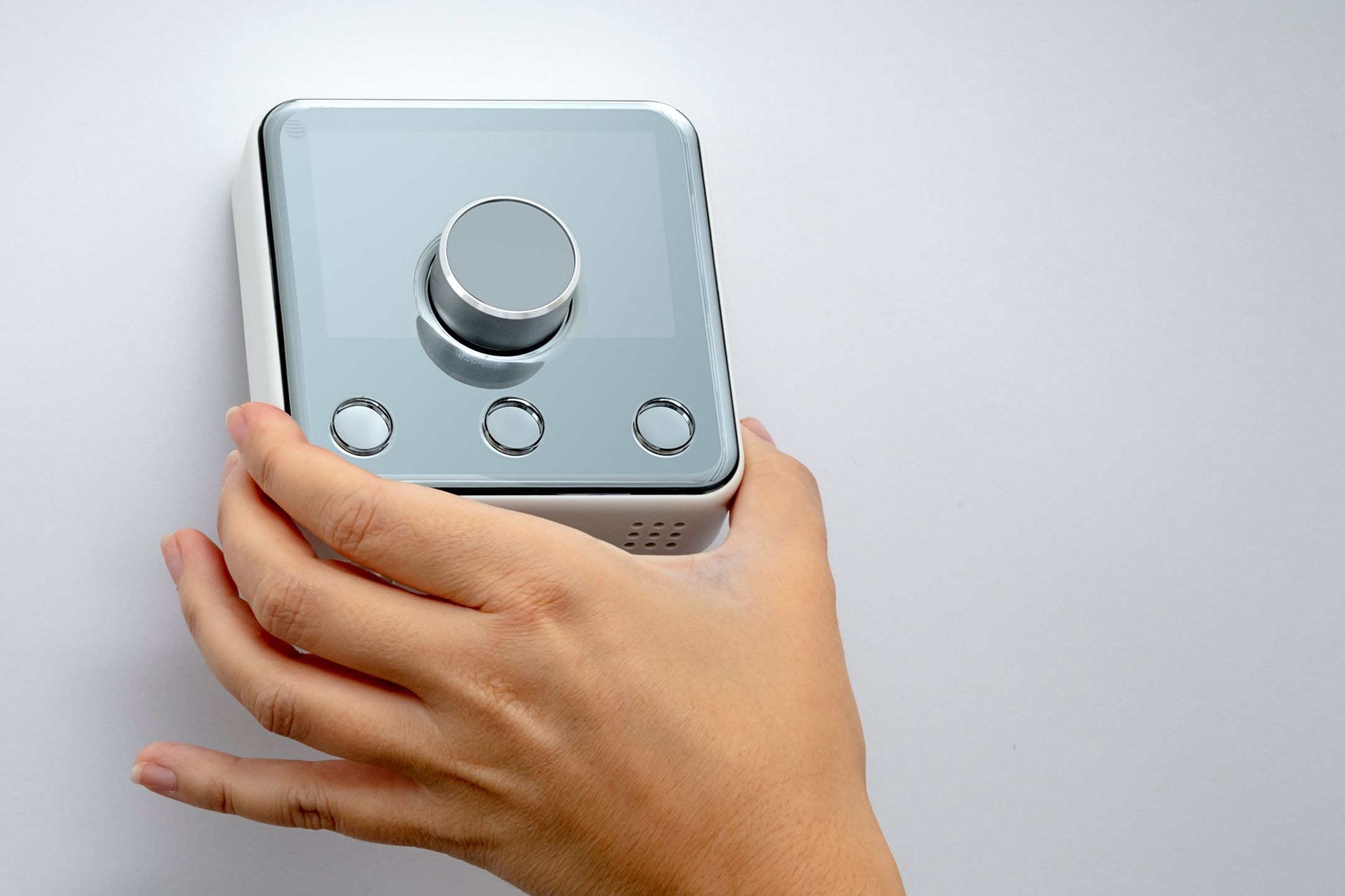

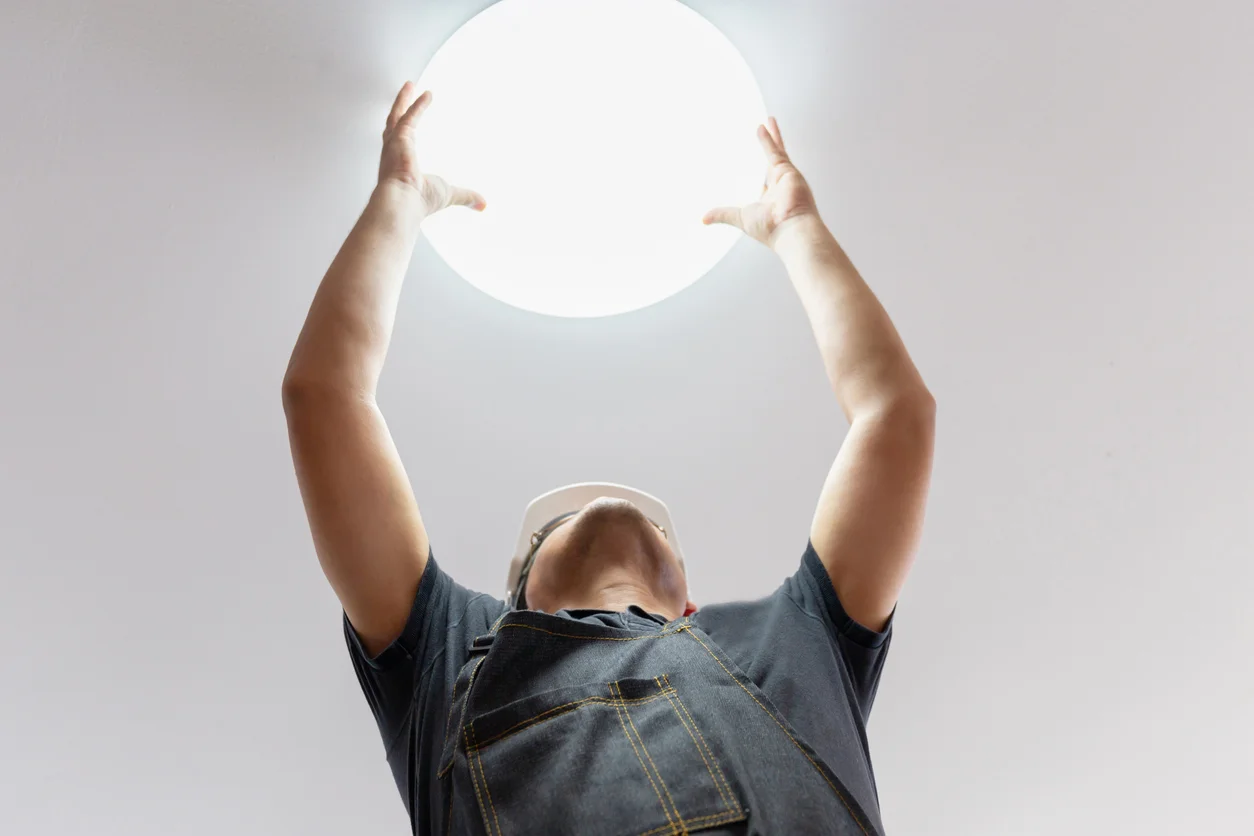

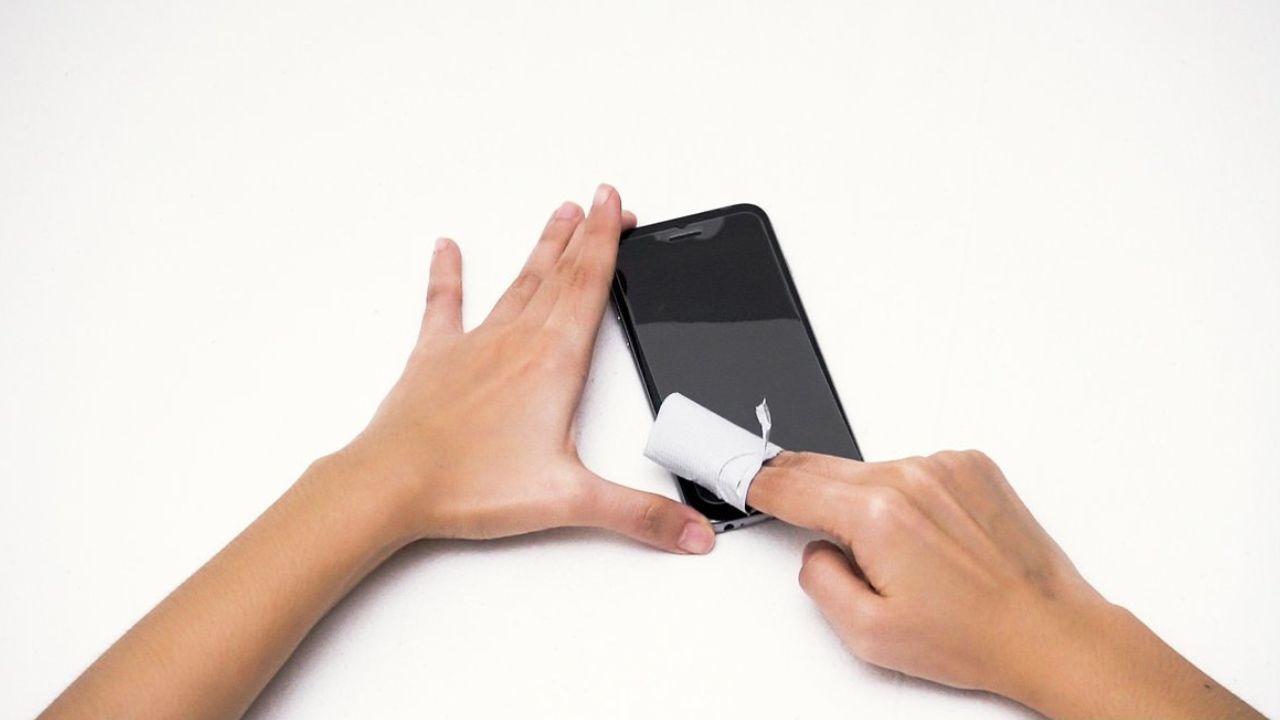
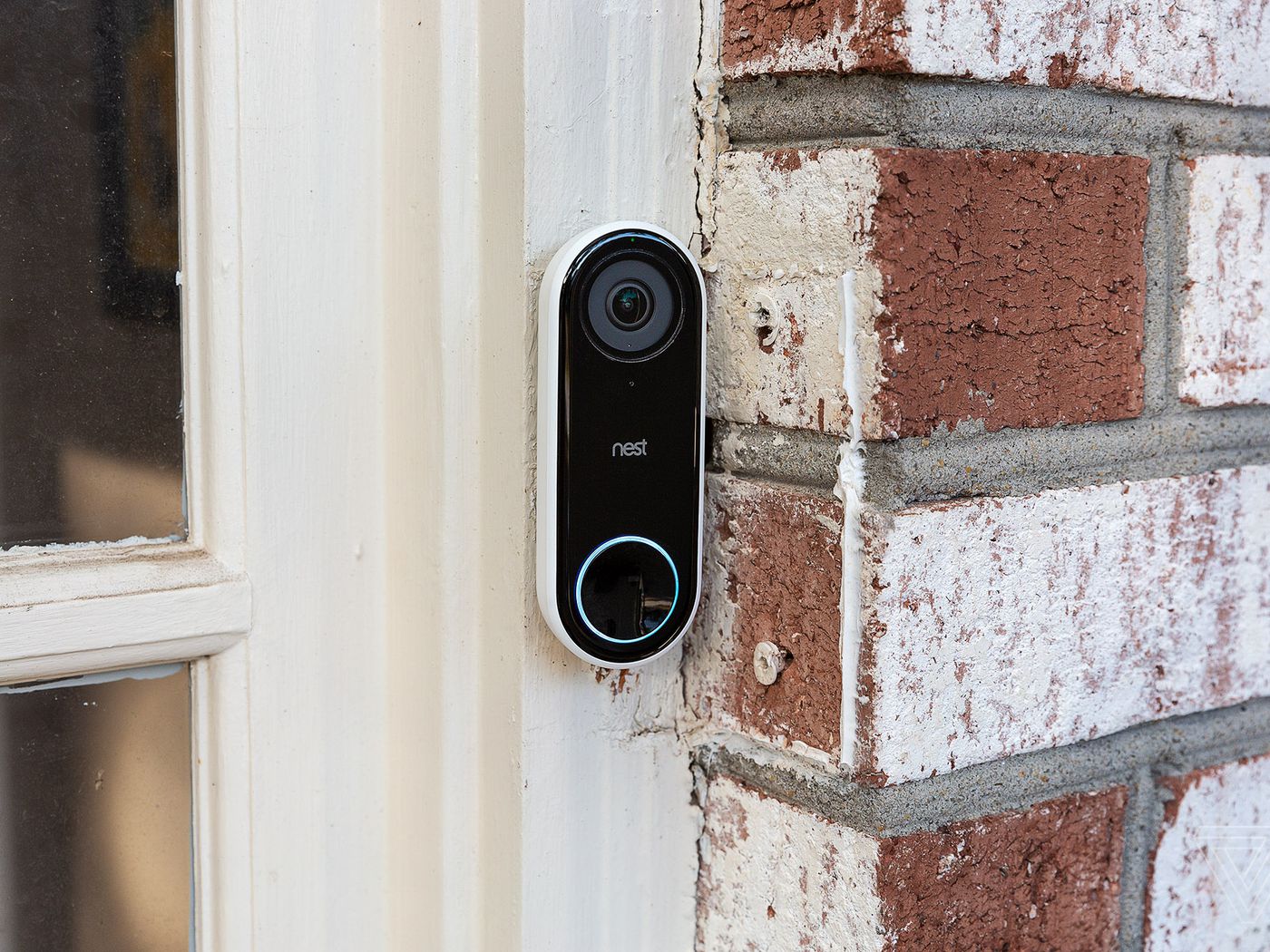
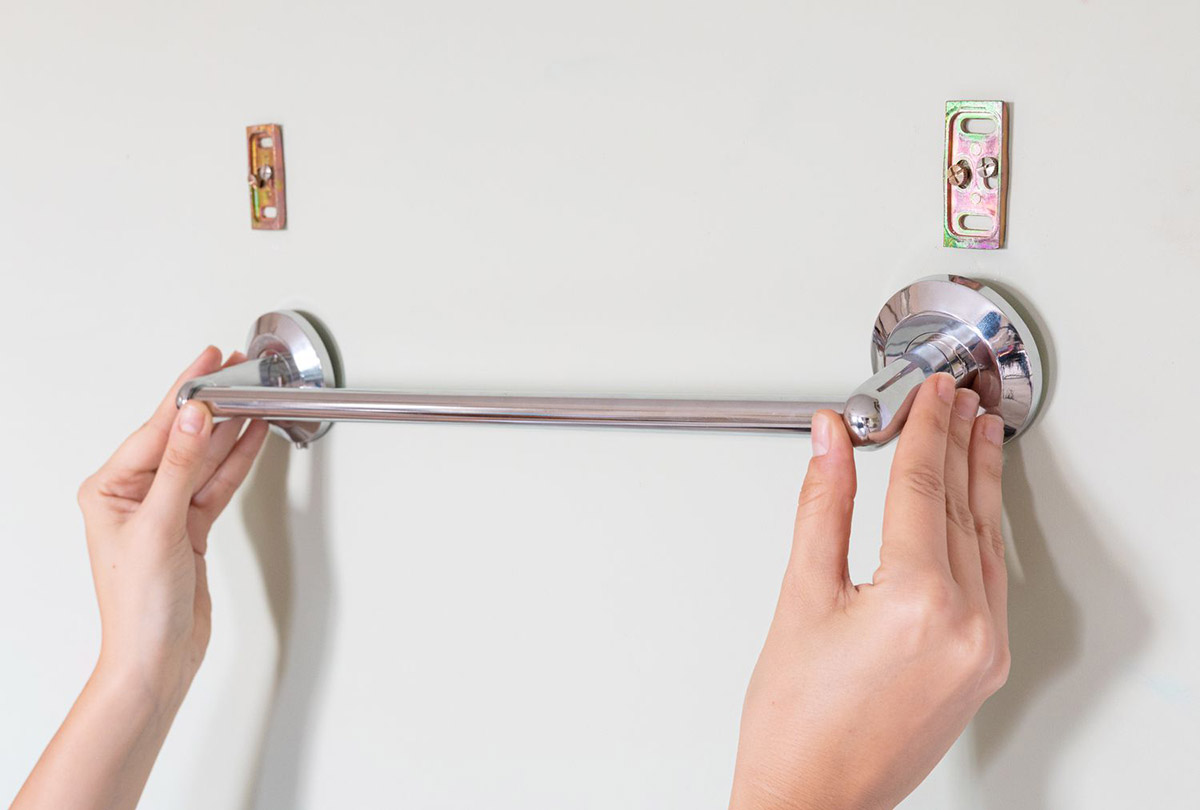
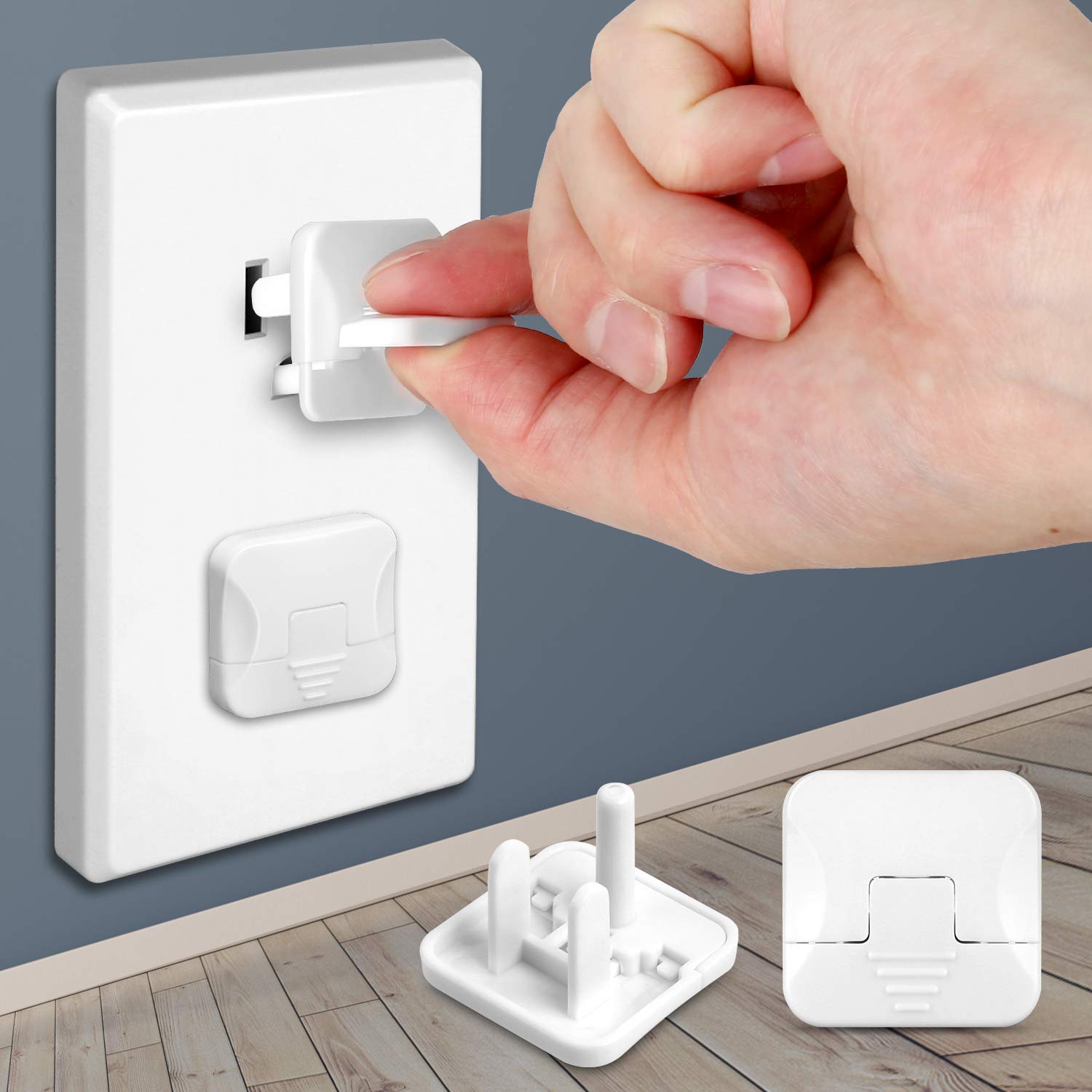
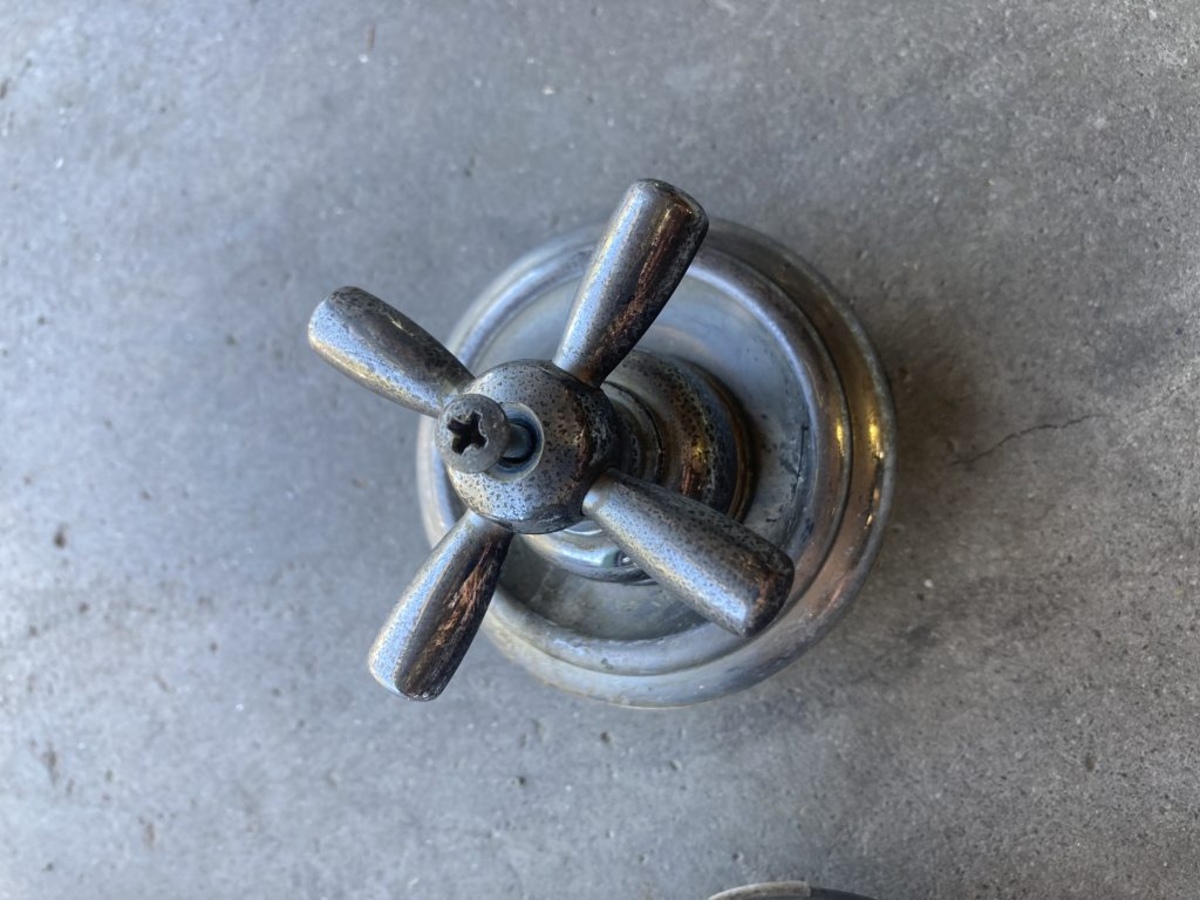
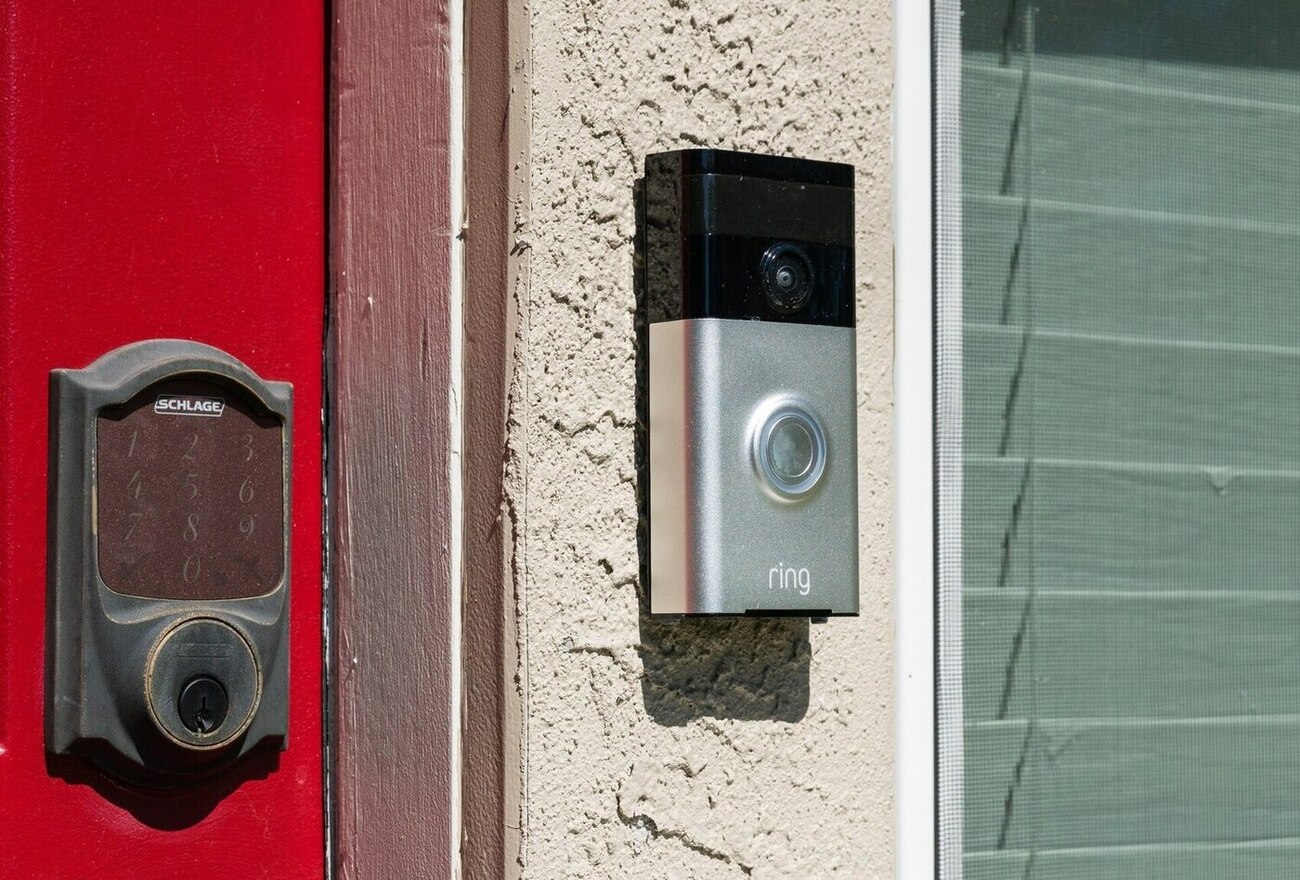
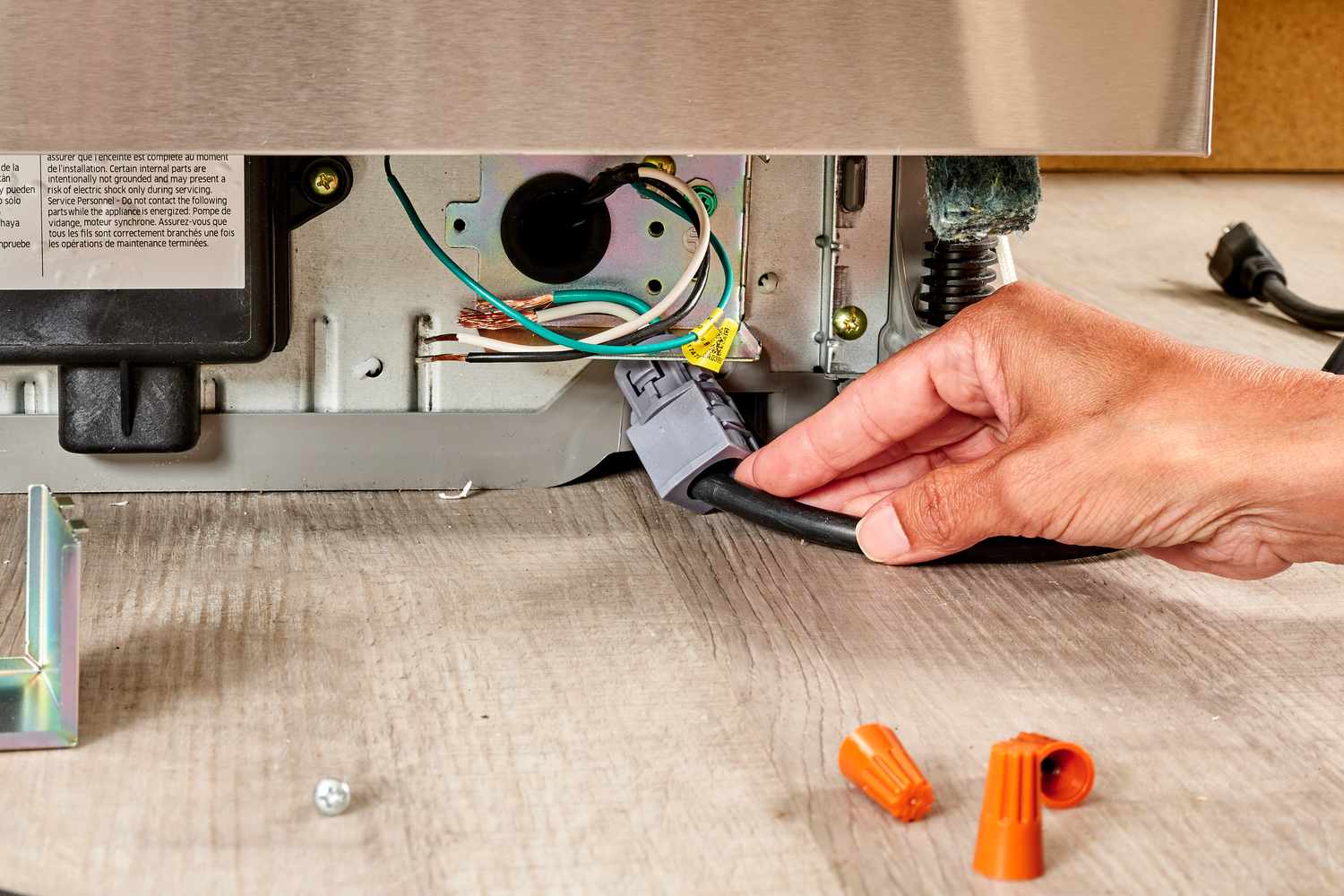

0 thoughts on “How To Take Off A Chandelier”